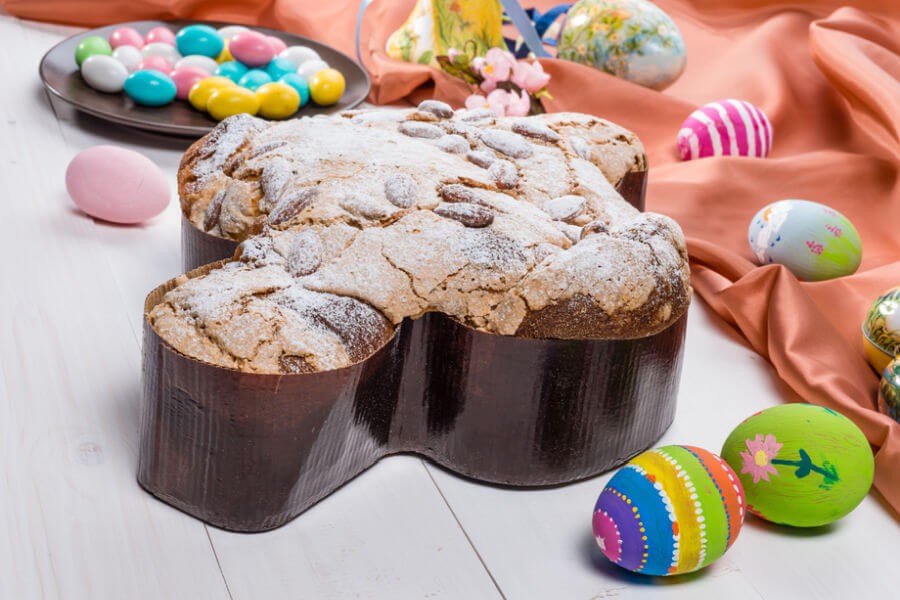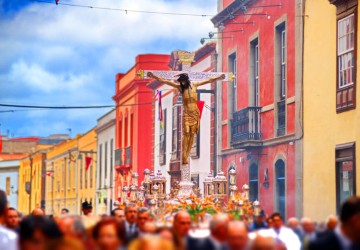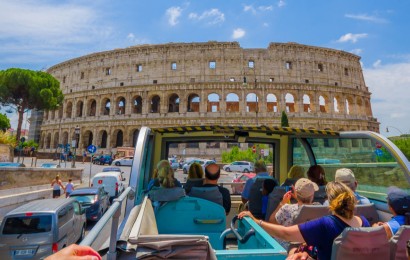Easter in Italy is one of the most heartfelt Christian holidays that commemorates the resurrection of Jesus, the son of God, three days after his death.
Easter celebrations vary from region to region but are united by the desire to celebrate and spend the day with the family. In this article we will delve into the origins and main traditions of Easter in Italy.
The history and origins of Easter
The word Passover comes from the Hebrew pesah which means to pass over.
The origins of Passover date back to Jewish times, when the festival was known as the Feast of Unleavened Bread, which commemorated the exodus of the Jews from Egypt. Later, Easter was adopted by Christians as a celebration of the resurrection of Jesus Christ.
With Christianity, however, Easter has taken on another meaning: that of passage from death to life for Jesus and for Christians freed from sin by his sacrifice.
The most important celebrations and traditions of the Italian Easter

In Italy, the Easter celebrations already begin on Good Friday, when processions are set up through the streets of the cities, with the representation of the Via Crucis. Good Friday represents the passion and crucifixion of Jesus Christ for the redemption of mankind.
Holy Saturday, on the other hand, is a day of silence, recollection and prayer, awaiting the announcement of the Resurrection which will take place in the solemn Easter vigil.
Easter Sunday is a day of celebration, Lent is broken and the resurrection of Jesus Christ is celebrated.
→ If you are in Rome you cannot miss a visit to the Vatican, St. Peter's Basilica and the Sistine Chapel.
Easter culinary traditions are very important in Italy, and vary from region to region. In some areas, such as Emilia-Romagna and Umbria, Easter eggs are prepared (hard-boiled eggs decorated with food coloring). In other regions, such as Puglia and Sicily, Easter sweets are prepared, such as the Neapolitan pastiera and the Sicilian cassata.
With our Destination Eataly tour you can taste all the Easter specialties of Italy and discover the main points of interest in Rome.
The most important traditions of Italian Easter
Gift of chocolate eggs
At Easter it is customary to give chocolate eggs as gifts. In reality, real eggs with colored shells were originally given as gifts to symbolize rebirth.
Easter Monday
Easter Monday, also known as Easter Monday, is a day of celebration that is usually spent outdoors (weather permitting) with relatives or friends. Trips, outings, picnics on the grass and barbecues are among the favorite outdoor activities during Easter Monday.
The most curious Easter traditions in the world
Easter is a festival particularly felt in other places in the world. Let’s see some of the most curious and particular.
In Germany, tradition has it that on the day of the celebration only green foods are eaten. The most characteristic dish is the soup with seven herbs that contains watercress, dandelion, parsley, chives, green leek and spinach. Also symbolizing the arrival of spring.
In France, it is traditional to prepare a giant omelette that can reach 1000 courses. This custom, was handed down by the legend according to which Napoleon, ate omelets so good as to order for the next day a gigantic omelet for all his army.
In Romania, the most heartfelt tradition is "the battle of eggs". The game consists in challenging each other with hard-boiled eggs, hitting each other: the egg with the hardest shell wins. The loser will have to eat all the eggs that are broken.
In Finland, an old popular belief is that on the Saturday before Easter, the people light large bonfires to drive away the evil spirits that roam undisturbed during Easter days.
In Mexico, one of the most religious countries in the world sees on the day of Holy Thursday make the tour of the seven churches to confess their sins. On Saturday the Burning of Judas is staged, setting fire to a cardboard figure.
In England, instead, there is the Maundy Money, that is a special coinage that is donated to the needy and the poor during the religious ceremony.
Where to spend Easter in Italy
In Italy there are many characteristic places to spend Easter, each with its own local traditions and customs.
Here are some of the most interesting places:
- Rome - The Eternal City celebrates Easter with the Pope's Mass in St. Peter's Square and the evocative Good Friday procession that crosses the Colosseum.
- Florence - The Tuscan city offers the traditional "Explosion of the Cart", a procession that carries a cart pulled by oxen through the historic center of the city, up to the Piazza del Duomo, where the cart is lit by fireworks.
- Sorrento - In this coastal city of Campania, Easter is celebrated with the procession of the Dead Christ, which crosses the streets of the historic centre, followed by mass in the church of Sant'Antonino.
- Chieti - The Abruzzo city is famous for Holy Week, with processions of city brotherhoods in traditional clothes and the evocative Good Friday procession, accompanied by the Miserere, sung by 160 choristers and composed in 1740 by Saverio Selecchy.
- Trapani - In this Sicilian city, Easter is celebrated with the procession of the Mysteries, a series of statues representing the passion of Christ, which are carried on shoulders in procession through the streets of the city.
- Taormina - In this Sicilian city, Easter is celebrated with the procession of the Madonna Vasa-Vasa, which crosses the streets of the historic centre, followed by mass in the church of San Giuseppe.

